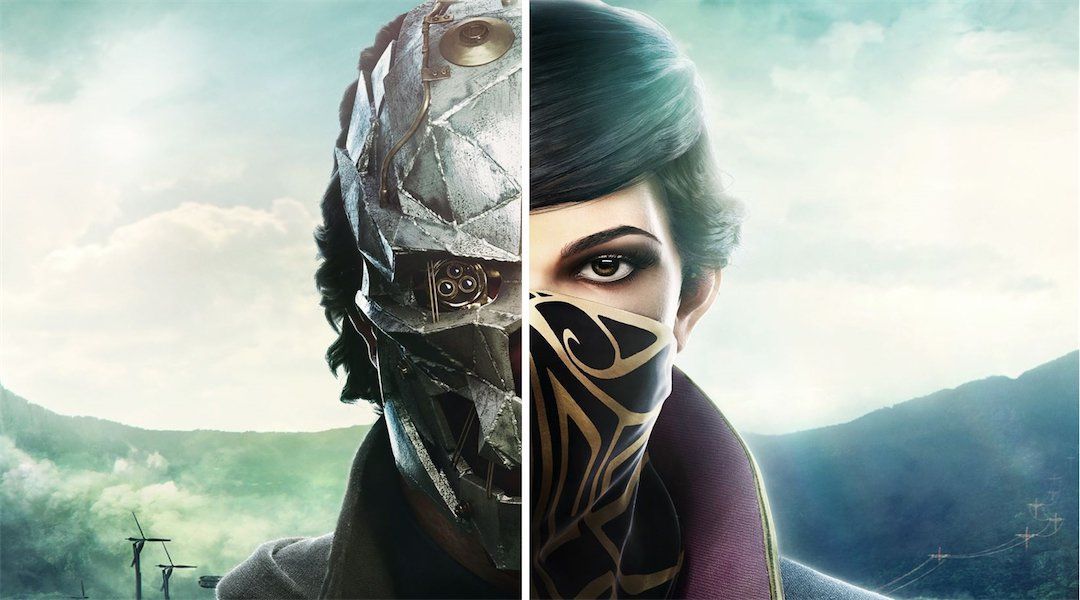
“Dishonored 2” is a worthy sequel of the first installment that feels familiar at the core, but different in atmosphere and setting.
“Dishonored 2” takes place in a fictional, steampunk-esque universe centered around the “Empire of the Isles” in the coastal city of “Karnaca.” And much like the original setting of “Dunwall,” there is another dangerous plague similar in scale to the poisonous rat infestation in “Dishonored.” As the new Empress of the Isles and the heir to the throne 15 years after the first game, Emily Kaldwin is attempting to discover who is eliminating her public enemies without her blessing. During a ceremony remembering her mother’s assassination, a coup is staged, and Emily is forced from power.
The player is then given the choice of two protagonists, one familiar and one completely different; you can return to the role of royal protector, Corvo Attano, from the original “Dishonored” or take on the new role of Empress Emily Kaldwin. Regardless of which character you pick, their abilities and weapons are applicable to all types of players and playstyles.
The game itself caters to a player’s-choice dynamic and depending on that preference, each style is rewarded with difficulty in its own way. You can play through the game utilizing stealth to avoid enemies entirely and complete a “low chaos” playthrough or play instinctually violent by fighting through anything that gets in your way for a “high chaos” playthrough.
Either way, the game adapts in difficulty to how it is played; stealth means complex patrol patterns of enemies and fewer weak spots in defense, whereas violence means more and stronger enemies that are harder to eliminate in each area. The myriad of abilities in this game and the infrequency of unlocking new abilities means players have to tailor their skill trees to their playstyles in order to succeed.
Abilities in “Dishonored 2” are similar and different at the same time. Emily and Corvo both share unique, supernatural abilities obtained from “The Outsider,” an omniscient being who grants these powers for these characters to get revenge. Emily’s are the newest and Corvo’s abilities, for the most part, carry over from the first game despite some minor tweaks. Whether you are a returning fan or a newcomer, Emily’s powers are perhaps the most compelling to start with because of the unique experience it provides for all players and perhaps the more compelling story aspects.
The story itself is based a lot on world building, as there is plenty of it, whether it be reading notes or books of lore, or listening to conversations from enemies and targets. Karnaca in “Dishonored 2” is very different compared to the last game’s “Dunwall” because it’s ripe with color and features plenty of architecture heavily influenced by Victorian and Renaissance-like craftsmanship, a stark contrast to the dark and dingy streets of “Dishonored.”
Also, where “Dishonored” featured a silent protagonist, now both main characters are fully voice acted. The performances feel accurate to the industrial, Victorian-esque atmosphere they’re attempting to create, but none of the performances were rather exceptional. The suspension of disbelief is there, but nothing stands out as a stellar performance by any cast members.
All in all, “Dishonored 2” follows in the previous game’s footsteps and feels relatively safe with sparing innovation where it counts. Despite the familiarity, the original formula from “Dishonored” still shines in its sequel, and the new perspective and abilities makes it just as compelling as the first game was.

